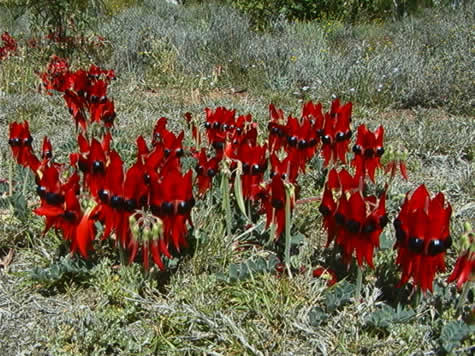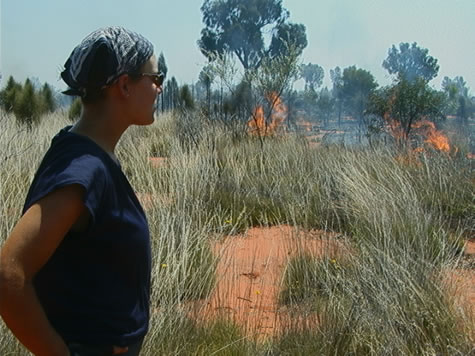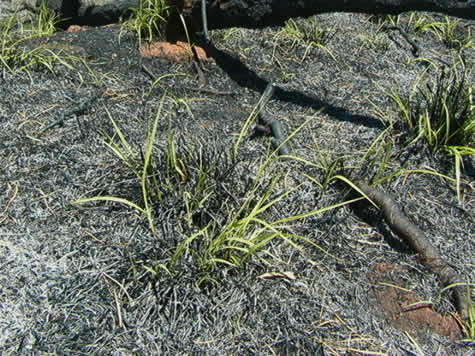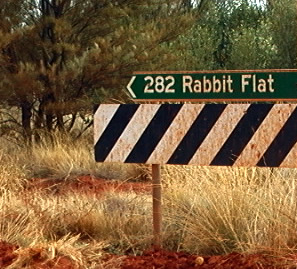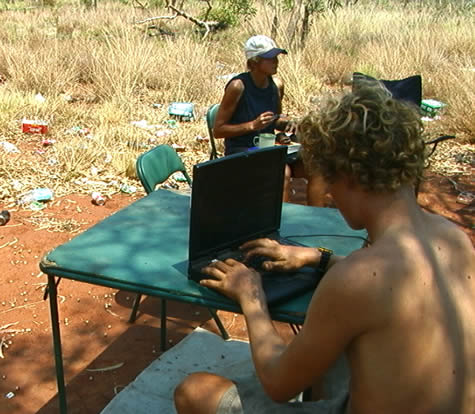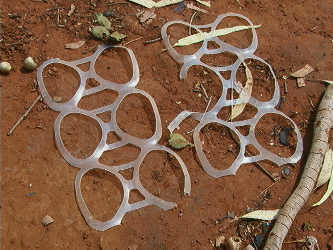Introduced Species & Sustainability
ESD - Camels
Today a bunch of us went for a camel ride and interviewed Henry the
camel handler. He told us a number of interesting things about the
200,000 'feral' camels* that are now in Australia, including what
positive or negative effect they have had on people and the environment
since being introduced in the mid 1800's.
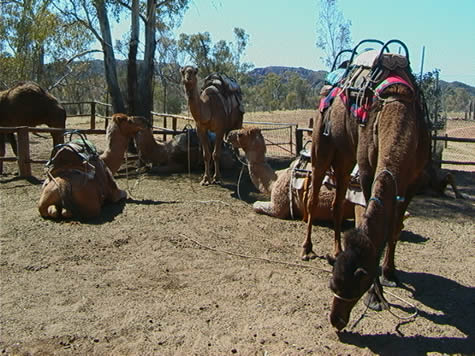
"Camels in general are quite gently on the environment because they
don't have a hoof like a cow or a horse that cuts up the ground. You
can go 'out bush' and see tracks that have been washed down to 2m or even
more in places. Feral horses or donkeys have been walking up and down
the track and all that soil gets washed away with the next rains. After
while you have a canyon there! Camels are good because they have flat
feet and don't cause much erosion.
Also, if you have a mob of cattle around a bore (water hole) in a dry
year they might do 15km from the nearest water before having to turn
around to get a drink. Of course after a while the whole country is
washed out and turned into a bull-dust hole. Camels come in once a
week, have a big drink (100-200 litres), then wander right out in to the
middle of the desert.
Camels will also go along picking at trees - pruning them more than
destroying them. They don't keep eating at one tree for very long.
They'll just pick off the best bits and then continue along and go to
the next tree. Of course if you have large numbers of camels in an area
they can become a problem because they have favourite plants they keep
feeding on over and over again and therefore eventually destroy the
tree.
Some aborigines actually took to camels quite well, using them to shift
their camps. You see old photos with aboriginal women loaded up with
all their gear on a camel's back. On the other hand where camels turned to
native rock-holes and had a drink they may have depleted the tribe's
water supply for the next 6-months until the next rains come. If the
water didn't get replaced in a native well or a soak the tribe would
have had to move on."
Suggested learning activities: start a discussion on whether the feral
camel population in Australia could be said to be sustainable.
Identify a feral species in your country/local area and draw
comparisons with the effect it has on the environment and/or people to the feral
camel population in Australia.
*Feral means non-indigenous, or not originating from the country the
species is resident in.
Jason
